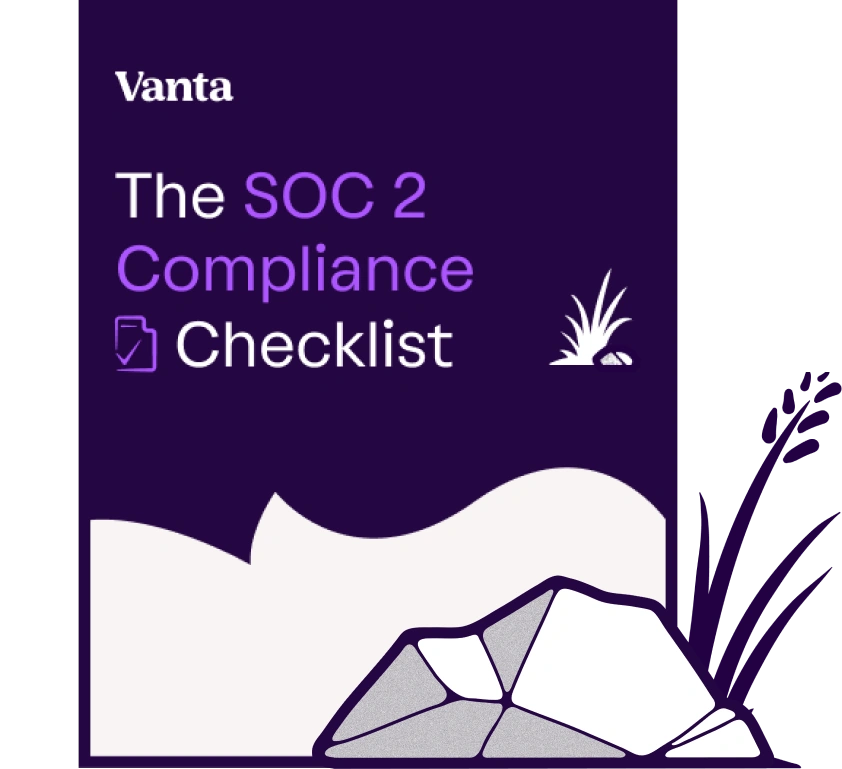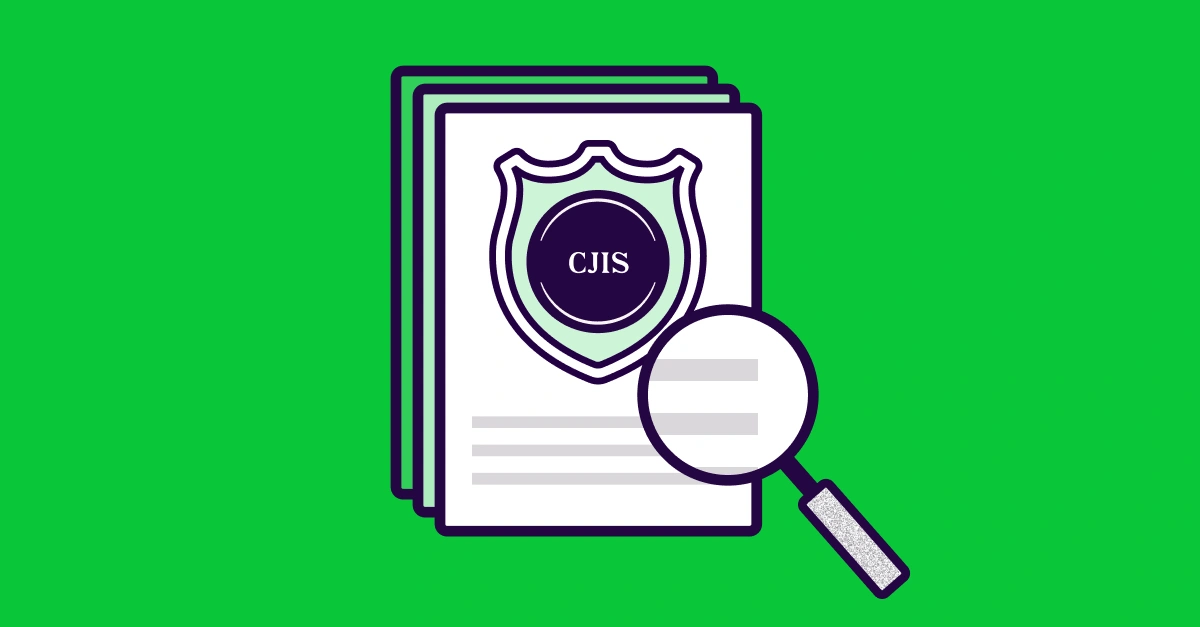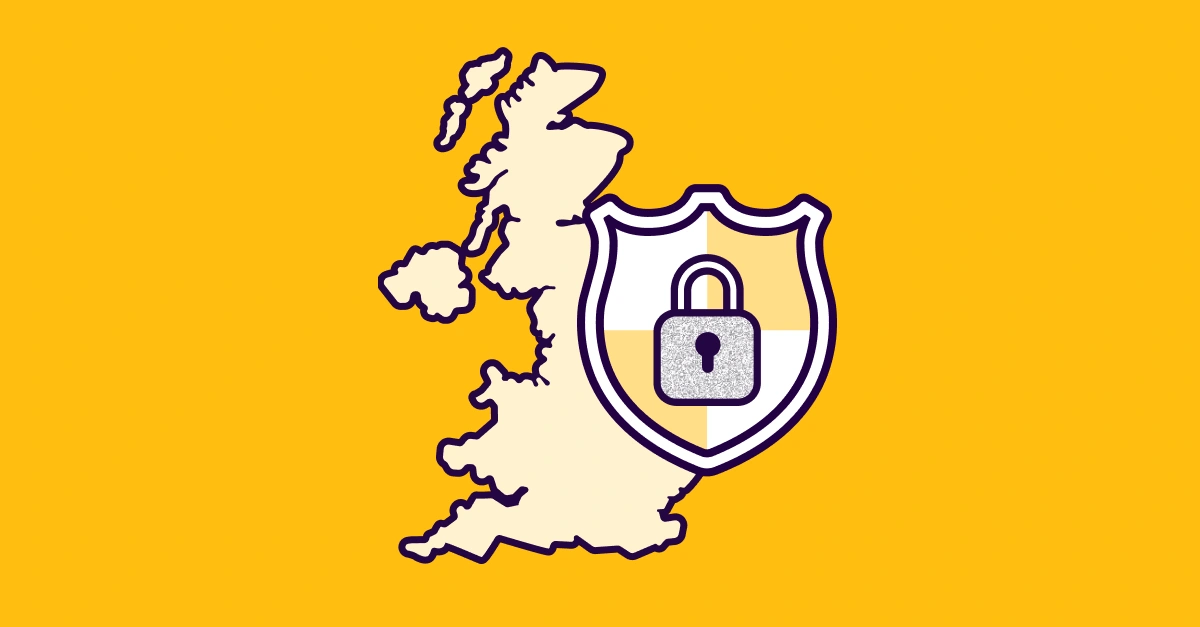Share this article

How to choose compliance audit software: A buyer’s guide
Accelerating security solutions for small businesses Tagore offers strategic services to small businesses. | A partnership that can scale Tagore prioritized finding a managed compliance partner with an established product, dedicated support team, and rapid release rate. | Standing out from competitors Tagore's partnership with Vanta enhances its strategic focus and deepens client value, creating differentiation in a competitive market. |
With regulatory complexity rising across all industries, managing multiple frameworks and amended regulations simultaneously has become the new security standard. Regular audits and continuous improvement have also become essential, both to ensure ongoing compliance and to strengthen customer trust.
However, manual compliance audits are time- and resource-intensive. Their complexity grows with each new framework, significantly raising the risk of human error and compliance fatigue.
These risks can be mitigated with the right compliance audit software. These tools offer features that can automate many of your compliance audit and risk management workflows, streamlining ongoing compliance.
We’ll guide you through the insights you need to make an informed choice, including:
- Key features of compliance audit software
- Expected benefits of such solutions
- Tips for implementing and using one
What is compliance audit software?
Compliance audit software is an automated tool that enables you to track, manage, and ensure compliance with internal policies and external regulatory requirements. It also helps you enforce your internal security and privacy standards while effectively managing risk by providing centralized visibility into your compliance posture.
Additionally, the software supports ongoing compliance since regular audits and reviews are a core requirement for many industry-leading frameworks and regulations, such as:
For compliance teams, these functionalities could mean fewer repetitive tasks, easier monitoring, and reduced risk of human error.
{{cta_simple40="/cta-blocks"}}
What features do compliance audit software offer?
Here are some of the key features available with different compliance audit solutions:
- Automation and integration with your tech stack: The software can smoothly integrate with your systems, unify audit workflows, reduce manual effort, and set a solid foundation for automation configurations
- Regulatory update tracking: Top compliance software providers actively monitor updates to relevant regulations and frameworks and strive to work in the necessary changes promptly
- Real-time monitoring and audit-friendly reporting: You get a central dashboard that shows your compliance status in real time and allows you to quickly generate up-to-date, audit-friendly reports
- Audit management and evidence trails: Robust compliance tools centralize all audit documentation, controls, and workflows with an option to generate logs and evidence trails to streamline both internal and external audits
- Customizability for team and individual-specific compliance workflows: Different teams and staff members have distinct responsibilities, so good solutions allow you to tailor compliance workflows to fit various roles and audit requirements at any scale
- Audit remediation: Compliance audit software can transform audit remediation from a manual, fragmented task to a continual process that is coordinated, trackable, and efficient
What are the key benefits of compliance audit software?
Aside from simplifying audits, compliance audit software provides other key benefits, mainly:
What to consider when choosing your compliance audit solution
The market offers many options for compliance audit software, which can overwhelm decision-makers. Consider these criteria when selecting your compliance audit solution:
- Cost-to-feature ratio: Establish whether you’re getting all the necessary functionalities you need without paying for features you don’t need
- Automation and monitoring tools: Look for features like real-time compliance monitoring, automated evidence collection, policy templates, and alerts for control gaps
- Framework coverage and customization options: Identify how many frameworks and regulations the software supports out of the box, and whether it allows deep customizations to cater to your unique compliance needs
- Integration capabilities: Ensure that the software can integrate well with your essential systems to more efficiently bring automation into your audit workflows
- User interface: Choose a platform with a clear, intuitive dashboard so that stakeholders across all departments can identify and access what they need without a significant learning curve
{{cta_withimage25="/cta-blocks"}}
5 tips for efficiently implementing compliance audit software
Implementing a compliance audit solution can be a time-consuming process. Here are the best practices you can follow to streamline it and maximize the software’s ROI:
- Assess your implementation goals
- Evaluate solutions against your needs
- Provide stakeholder training and set up workflows
- Monitor the effectiveness of your solution
- Update your software regularly
1. Assess your implementation goals
Before selecting a solution, catalog your current security and compliance activities to identify which processes are working well and where you’re facing bottlenecks. Use this information to identify your goals for implementing compliance audit software. Some common goals include:
- Establishing continuous control monitoring
- Automating evidence collection and audit workflows
- Centralizing documentation collection and controls for greater visibility
- Streamlining additional framework adoption
Account for both current and future business goals during this step. If your organization intends to expand into a highly regulated market or pursue government contracts that require compliances like NIS 2 or CMMC, your choice of software should be able to reflect that.
Finding a solution that can adapt to your organization’s evolving needs saves time and resources you’d otherwise spend retooling.
2. Evaluate solutions against your needs
Once you’ve established your implementation goals, you can evaluate available options against your organization’s industry, regulatory landscape, staffing, and internal workflows. Consider how well each solution integrates with your existing tech stack. Better integration capabilities help you reduce manual efforts and give you easy-to-skim insights into your security status. Integration maturity is also important because many companies have data silos, and data transfer accuracy for a single source of truth is always a concern for non-compliance.
You may want to steer clear of complex interfaces and limited user seats that can negatively impact productivity and scalability. Software that offers unlimited users and robust automation features usually scales well, saving resources in the long run.
A common dilemma organizations face is whether to build their compliance audit software or use a third-party option. Tailor-made solutions require up-front investments but come fully aligned with your internal policies and needs. The cost of R&D, regulatory monitoring, and frequent patching can also be significant.
In contrast, third-party software is typically more cost-effective—many new providers cover a variety of compliances and roll out new options, like AI regulations, in faster timelines.
3. Provide stakeholder training and set up workflows
To make sure your solution functions efficiently, document the workflows that it’s supposed to support. This involves setting up processes like compliance tracking, evidence collection, and audit preparation that will keep your organization audit-ready and flag potential issues early.
Once your workflows are in place, train your stakeholders on how to use the software efficiently. You can streamline this process by creating manuals and video walkthroughs that can help new hires onboard faster and make it easier for long-term staff to refresh their knowledge.
{{cta_withimage22="/cta-blocks"}}
4. Monitor the effectiveness of your solution
As your organization grows, the scope of your compliance audit may change to reflect organizational growth, new regulatory obligations, and new markets. To keep up with these changes, regularly assess how well your compliance audit solution is performing compared to your original goals.
Document the findings of your reviews as metrics so that you can demonstrate ongoing compliance efforts to external auditors and internal stakeholders. Monitoring and auditing results are particularly important for compliance teams since that’s what they need to communicate and escalate to executive leadership to increase awareness and prioritize remediation.
5. Update your software regularly
When choosing your software, make sure it receives ongoing patches and feature updates to address new vulnerabilities and protect sensitive data. This is where legacy software and newer solutions may differ—although more popular, legacy software tends to roll out updates slowly, while less established solutions may ship updates faster.
To stay up-to-date, check software changelogs for details about new features and improvements. If the software allows it, you can also reduce manual workloads for your teams by enabling auto-updates to ensure you’re always using the latest version.
How Vanta streamlines compliance audits
Vanta is a leading AI-powered trust management platform that helps organizations streamline compliance audits by reducing manual efforts, scaling with business growth, and eliminating the hidden costs of compliance. Depending on your tech stack, Vanta’s automation can reduce time per framework and attestation by up to 82%.
The platform offers a dedicated compliance automation product equipped with helpful features, such as:
- Automated evidence collection powered by [integrations_count] integrations
- Real-time insights
- 1,200+ automated, hourly tests
- Continuous control monitoring
Vanta comes with out-of-the-box support for 35+ leading industry frameworks and regulations, including HIPAA, NIS 2, and ISO 27001, with built-in policy templates and control sets. You can also build custom frameworks tailored to your compliance needs.
If your organization has already achieved or is pursuing multiple frameworks, you can leverage Vanta’s cross-mapping feature to map existing controls to other compliance requirements, eliminating duplicative work and speeding up compliance.
Schedule a custom demo to explore how Vanta streamlines compliance audits.
{{cta_simple40="/cta-blocks"}}





FEATURED VANTA RESOURCE
The ultimate guide to scaling your compliance program
Learn how to scale, manage, and optimize alongside your business goals.
%201%20(1).svg)














.svg)


.png)









.png)
.svg)
.svg)
.png)
.png)
.png)